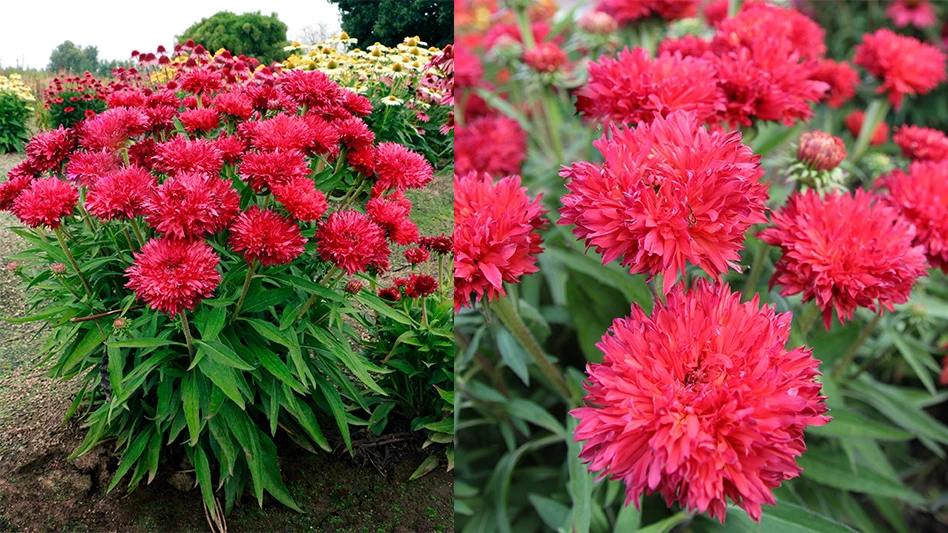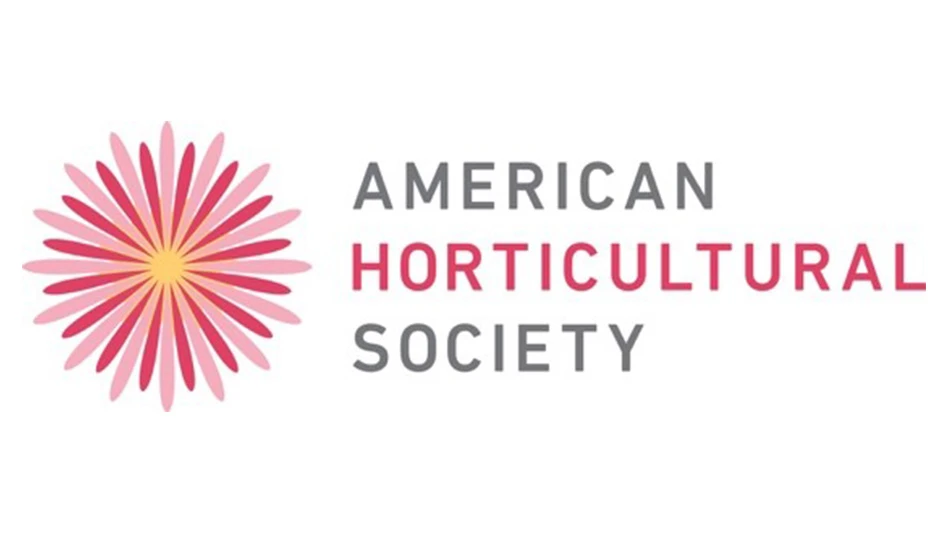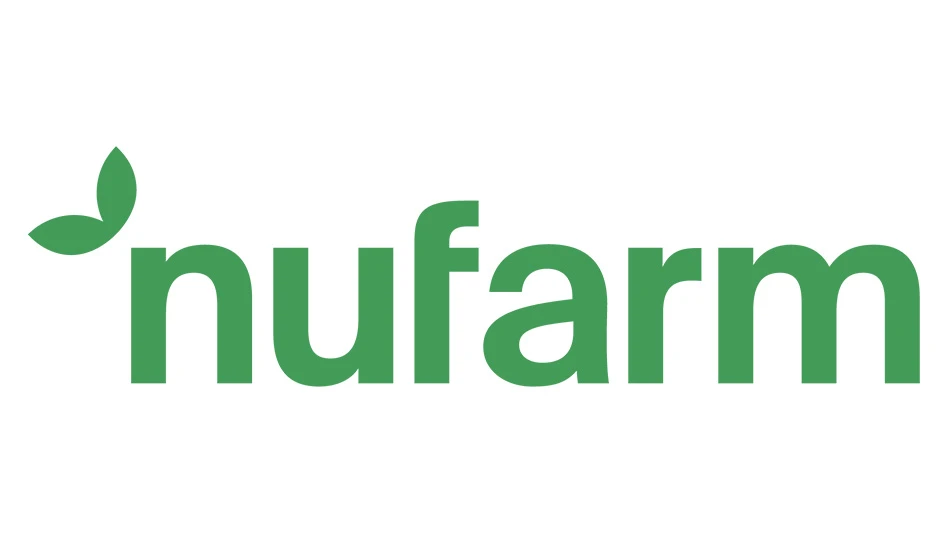 Scott Ludwig Scott Ludwig |
Neurotoxins are insecticides that act specifically on nerve cells. There are seven different classes of neurotoxins that are registered for use in ornamental production. Some of these are older groups, such as the carbamates and organophosphates, while others were registered for use more recently, including the spinosyns and neonicotinoids.
A month ago I would have said there were eight classes of neurotoxins, but endosulfan is being removed from the market. This was the last representative of the organochlorides registered for use by ornamental producers.
When you hear the term neurotoxins you probably think of chemical warfare or DDT. You are partially correct. There are a number of neurotoxins on the market today that if used correctly are safe, in most cases have low mammalian toxicity, and some are even safe on beneficial insects. Over the years pesticide companies and the EPA have removed neurotoxins and other insecticides from the market that pose a risk to the environment, workers and/or children. Many growers would refer to these products as ones that “worked.” For the younger growers, they mean broad spectrum and a long-lastsing residue.
Some neurotoxins are older chemistries, others are common products used for insect control. There are even products that are naturally derived and acceptable to use in organic production.
 Methiocarb, a carbamate insecticide, is one of the few products effective against slugs and snails.Carbamates and organophosphates Methiocarb, a carbamate insecticide, is one of the few products effective against slugs and snails.Carbamates and organophosphates
Carbamates (MOA Group 1A) and organophosphates (MOA Group 1B) have similar modes of action. They bind to acetylcholinesterase in nerve synapses. This deactivates the “off switch” in the nerve, results in rapid firing, and ultimately death.
Carbaryl (Sevin) and methiocarb (Mesurol) are the only carbamates still registered for use in ornamental production. There is still a number of organophosphates that can be used, including acephate (Orthene), chlorpyrifos (DuraGuard), malathion (Malathion), and diazinon (Diazinon). The down side to most of the products in these groups is that they have at least a 24-hour re-entry interval, except Sevin, Diazinon and Malathion, which have an REI of 12 hours. These products are considered to have a broad spectrum of pest activity and to provide residual control.
Pyrethroids
Pyrethroids (MOA Group 3) have become broad-spectrum replacements for carbamates, organophosphates and organochlorides. Pyrethroids cause paralysis by keeping the sodium channels open in the neuronal membranes. The nerves cannot de-excite, so the organism is paralyzed. Pyrethroids have low toxicity to birds and mammals, but they can be hazardous to fish. Pyrethroids on the market include bifenthrin (Talstar), cyfluthrin (Decathlon), fenpropathrin (Tame), fluvalinate (Mavrik), lambda-cyhalothrin (Scimitar) and permethrin (Astro, Perm-Up, Permethrin).
Pyrethroids were developed in the 1960s as a synthetic alternative to pyrethrum. Pyrethrum (Pyrethrum TR and Pyreth-It) is a botanical insecticide produced primarily in the chrysanthemum flowers (Tanacetum cinerariaefolium). In agricultural production, pyrethrum is non-persistent in the environment and decomposes rapidly. With the recent move to more sustainable production, it can be considered beneficial.
Neonicotinoids
Neonicotinoids (MOA Group 4) are acetylcholine receptor agonists/antagonists. In short, they disrupt nerve transmission. Products in this group are stomach and contact poisons with systemic properties. They are most effective against sucking insects such as scales, mealybugs, aphids, whiteflies and lacebugs. Some of the products can also be effective against caterpillars, beetles and whitegrubs.
Most ornamental producers use neonicotinoids on a regular basis. Currently there are four neonicotinoids registered for ornamental use: acetamiprid (TriStar), dinotefuran (Safari), imidacloprid (Marathon, Discus and many others) and thiamethoxam (Flagship). It is important not to rotate among these products. This is an important group, and if proper resistance management programs are not followed, susceptibility to key pests could be lost.
Nicotine is in the MOA Group 4B. This group is referred to as botanicals. Fulex Nicotine Fumigator is the only registered nicotine product for use in ornamental production. The limited use of this organic product is due to its high mammalian toxicity. Nicotine acts by mimicking acetylcholine in both mammals and insects. Exposure results in twitching, convulsions and death.
Spinosyns
Spinosyns (MOA Group 5) are nicotine acetylcholine receptor agonists, which cause rapid excitation of the insect’s nervous system. Spinosad (Conserve and Entrust) is the sole representative of this group registered for ornamental use. Spinosad is most effective against thrips, caterpillars and leafminers.
The active ingredient is derived from a naturally occurring soil dwelling bacterium called Saccharopolyspora spinosa. This species of bacteria was collected from the soil at an abandoned rum distillery in the Caribbean. When fermented, the bacteria produces compounds (metabolites) that have insecticidal activity. Organic growers are able to use Entrust.
Glycosides
Glycosides (MOA Group 6) stimulate the release of gamma amino butyric acid (GABA), which causes insect paralysis soon after ingestion. Within hours of exposure, feeding stops, but it may take two to four days for the insects to die. Abamectin (Avid) and milbemectin (Ultiflora) are the two representatives of this group that ornamental growers can use. Abamectin is most effective against leafminers and mites, although it has some activity against aphids, thrips and whiteflies. Milbemectin is registered only as a miticide. As with Spinosad, these products are derived from soil microorganisms.
|
 Scott Ludwig
Scott Ludwig





